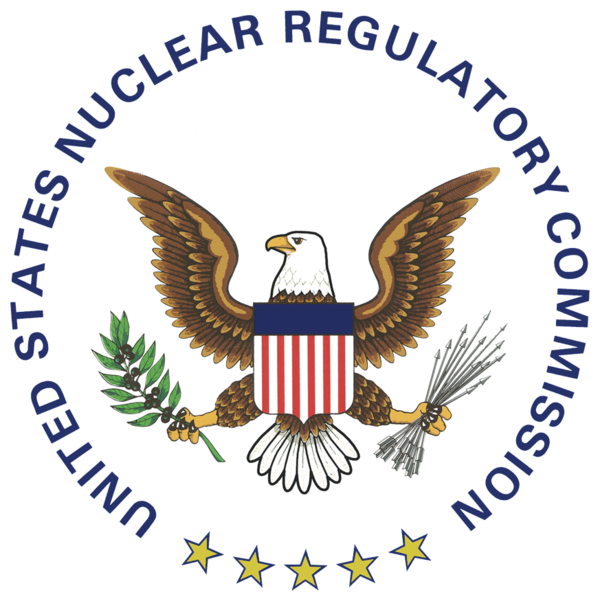On July 16th of this year, the Nuclear Regulatory Commission (NRC) published Recommendations for enhancing the reactor oversight process. They spent the last year in a consultation process to develop the report including public meetings. The NRC claimed that the suggested changes “will result in the staff performing an appropriate level of oversight with less regulatory burden and expenditure of resources by focusing oversight on issues of greater safety significance.”
The report contains recommendations for three parts of the inspection process. They suggest removing and revising requirements in the assessment process, revising sample size and resource estimates for some baseline inspection procedures, and, finally, revising the process for determining Emergency Preparedness Areas.
Maria Korsnick is the CEO of the Nuclear Energy Institute (NEI). She said, “The Reactor Oversight Process SECY has just been released to the public and NEI is reviewing it now. We look forward to the Commission's decision, and applaud the NRC staff effort to systematically evaluate the decades-old ROP to ensure that it reflects a more robust understanding of the current performance of the US nuclear fleet. The health and safety of our workers and the public always have been and always will be paramount. Our outstanding performance as an industry is due to an exceptional culture of safety at the nation’s nuclear power stations and a strong, independent regulator.”
The NEI website says that the organization is dedicated to ensuring only the highest safety standards. However, they go on to say that some regulations have become “too cumbersome” and new technology that could have a dramatic impact on nuclear safety is “mired in antiquated processes.”
In the middle of the 1990s, the NRC overhauled and updated its approach to nuclear regulations which, according to the NEI, increased industry and regulatory efficiency. But, it says, “the nuclear energy industry has evolved since then, and regulations need to evolve as well. Streamlining regulations does not mean compromising on safety. On the contrary: smarter regulations can help nuclear plant owners and operators allocate time and resources to areas that most impact safety.”
Members of the House Appropriations Committee (HAC) have warned against “moving ahead with dramatic changes to NRC safety protocols without meaningful public input.” The leaders of the HAC sent a letter to the Chairwoman of the NRC. The letter said, “To ensure nuclear power provides safe, reliable, emission-free energy, it is imperative for the NRC to uphold strong regulatory standards. That is why we are disturbed by the consideration of these far-reaching changes to the NRC's regulatory regime without first actively conducting robust public outreach and engagement.”
The HAC has requested that the NRC hold a period for public comment prior to the commissioners voting on any change to the Reactor Oversight Process. The HAC has the responsibility for funding the federal government’s “vital activities to keep the United States safe, strong, and moving forward.” The NRC report was published on the Agencywide Documents Access and Management System (ADAMS) which is the NRC’s official library and database.
